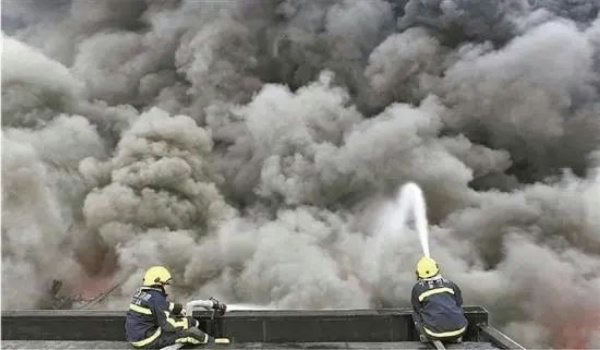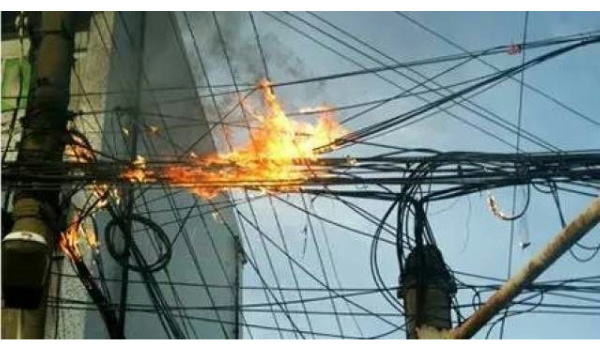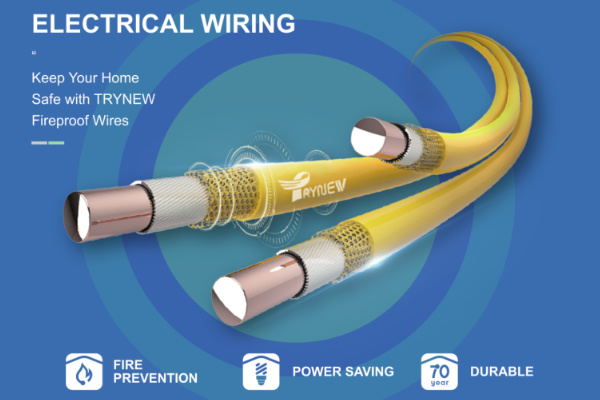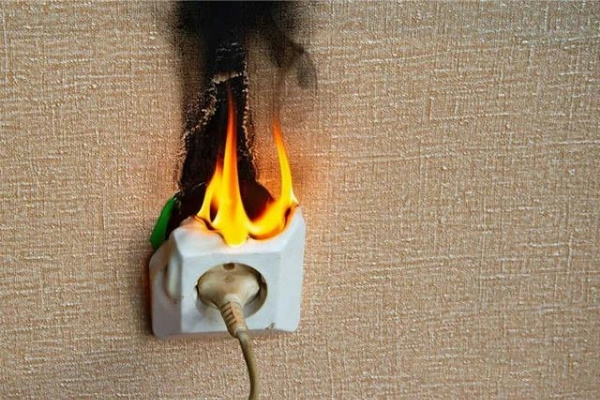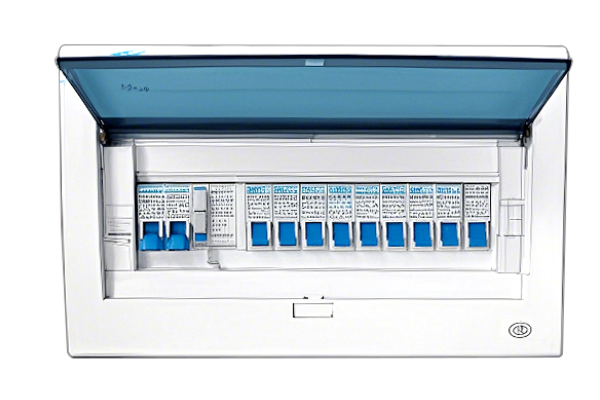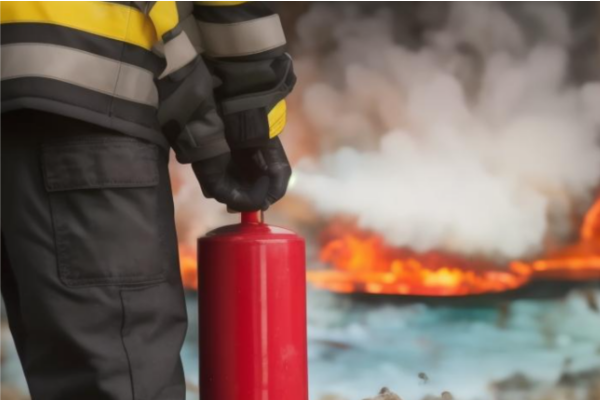How to Fix a Tripped Circuit Breaker at Home in one Minute
Troubleshooting Methods
Safety Warning: Always de-energize the circuit and implement necessary safety precautions before performing maintenance.
First,check electrical devices in other rooms such as lights, Outlets, and other appliances.
If other rooms have normal power supply, this indicates a partial outage within your home. If you suspect a specific appliance, unplug it, then reset the tripped Circuit Breaker (switched to OFF position) by flipping it up to ON). Check if power is restored.
If no specific appliance is suspected, the issue could be a short circuit or damaged outlet. Inspect all outlets in your home for a burnt odor or visible scorching/discoloration. If any abnormalities are detected, immediately contact a licensed electrician and refrain from using the affected circuit.
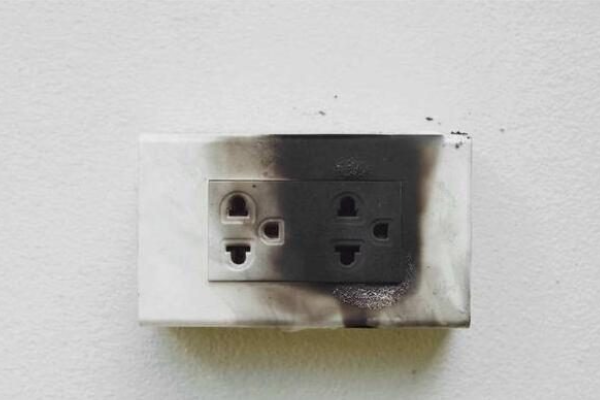
If the entire house has lost power:
-
Check for neighborhood outages: Look outside to see if neighboring homes are also without power.
-
If neighbors are affected: This indicates a grid-level issue – contact your utility provider.
-
If neighbors have power: Proceed to inspect your main electrical panel.
-
-
Reset tripped breakers:
-
Locate any circuit breaker in the OFF position.
-
For GFCI/RCD breakers: Press the reset button (usually marked ▢) first.
-
Firmly flip the breaker handle upward to ON.
-
-
Persistent tripping protocol:
-
If the breaker immediately snaps back to OFF:
a. Turn ALL breakers to OFF.
b. Reset the main breaker to ON.
c. Gradually re-energize circuits by flipping individual breakers to ON one at a time.
-
Quick Summary:
When a circuit breaker suddenly trips at home:
-
Unplug high-power appliances (e.g., AC units, heaters) or disconnect all removable devices.
-
Reset the main circuit breaker:
-
Locate the tripped breaker (handle in OFF position).
-
Firmly flip the handle upward to ON.
-
-
Power Restoration Check:
-
If successful, this resolves 90% of routine tripping incidents (e.g., overloads).
-
If power remains off or you detect:
▪ Burning smells
▪ Sparking noises
▪ Warm outlets/breakers
→ Immediately contact a licensed electrician – these indicate critical hazards.
-
Common Causes of Circuit Breaker Tripping
-
Mismatch Between Breaker Capacity and Load
-
Example: Using a 15A breaker for a 20A appliance cluster.
-
-
Ground Faults/Short Circuits in Wiring or Appliances
-
Critical Signs:
▪ Sparks when plugging in devices
▪ GFCI/RCD trips within 2 seconds
-
-
Degradation of Electrical Components
-
High-Risk Indicators:
▪ Breaker contacts with carbonized deposits.
▪ Brittle/cracked wire insulation.
-
Preventive Measures:
a..Regularly inspect household wiring for signs of exposure, fraying, or deterioration, and periodically replace aged circuits and components.
b..Do not connect multiple high-wattage appliances to the same outlet or circuit,keep all electrical circuits and devices at least 3 feet away from water sources,
never attempt DIY circuit alterations or makeshift wiring.
c.Install and maintain circuit protection devices such as Fuses,Ground Fault Circuit Interrupters and Overload Protectors.


